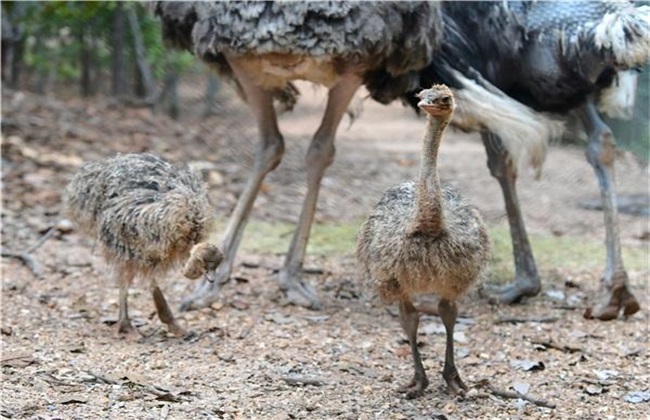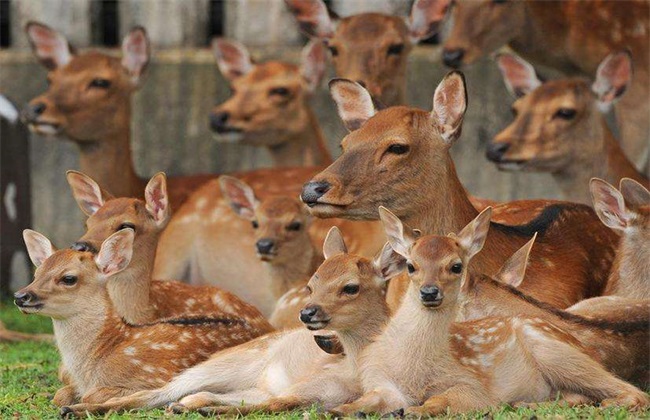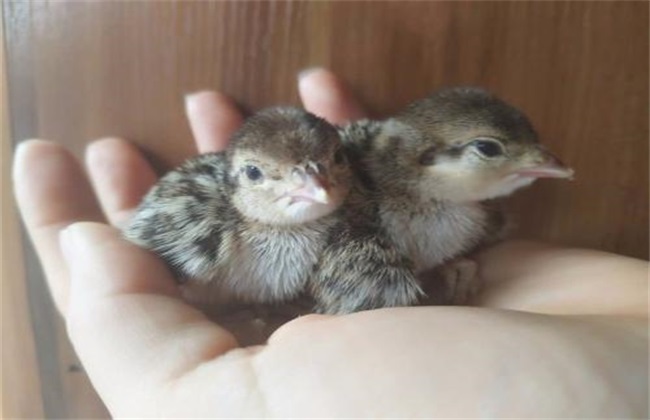Feeding and management of ostrich in different growth periods
Ostrich is now a special culture project with a relatively large breeding area in China. Ostrich meat, eggs and skin feathers all have very high utilization value. Therefore, there are more and more breeders, but when we breed ostriches, we have to adjust the feeding and management methods of ostriches according to the growing period of ostriches. So the editor today brings you the main points of feeding and management of ostriches in different growing periods. Let's take a look at it with the editor.

1. Raising ostrich chicks
Young ostriches are mainly raised on the ground, and the ground should be covered with cushions, which are soft and have strong moisture absorption capacity. According to the growth time to control the culture density, in the first six weeks, the culture density should be controlled at about 1.5 per square meter. Then with the passage of time, gradually reduce the breeding density, control the temperature, humidity, light and other feeding conditions. And to set up a good sports ground, its area is kept at about 4 times the size of the nestling house, to ensure that young ostriches have sufficient exercise space. When feeding, the feed should ensure the balance of nutrition proportion, ensure all kinds of essential nutrients such as protein and crude fiber, and finally match with the right amount of high-quality forage grass.
2. Feeding during the breeding period
The breeding period of ostrich is from 12 weeks to before the beginning of production, the growth ability of ostrich in breeding period is relatively strong, and the demand for nutrition is relatively large. Therefore, we should pay attention to the feed feeding work, in the growing ostrich every day of Japanese food, to ensure that there are calcium, organophosphorus, crude protein and other nutrients. According to their own breeding habits to decide whether to graze or pen. Among them, the proportion of pellet feed and forage feed should be kept at about 30% and 70%, respectively. If it is high-quality pastoral land, then there is no need for supplementary feeding.
3. Feeding during the laying period
Under normal circumstances, ostriches enter the sexual maturity period of about 20, this stage should be raised in groups, each group of about 3, the ratio of male to female is 1:2. Promote production and reproduction and improve the nutritional level of diets. Similar to the proportion of dietary nutrition in the breeding period, it can also be raised in captivity or grazed, which can be adjusted reasonably according to the local environment and culture technology. Each group of ostriches should ensure that there is sufficient land area and grazing land to promote the growth of ostriches and improve the laying rate.
4. Breeding ostriches
A male ostrich with good physique can be mated with about 5 female ostriches. Female ostriches have a single production cycle, usually about 10 eggs per cycle. Ostrich species to ensure that there is sufficient space for exercise, to enhance the physique of ostriches, not noisy, the ground should be kept dry. Then each ostrich house should be about 20 square meters. To avoid being affected by bad weather, it is necessary to do a good job in hygiene and epidemic prevention for ostrich species to avoid being harmed by diseases. Finally, male ostriches with azoospermia or poor sperm quality should be eliminated.
The above is a brief introduction to the main points of feeding and management of ostriches in different growing periods. The feeding and management of ostriches is very important, which directly affects the yield of ostriches, so we must pay more attention to it. That's all for today's introduction. This article is for reference only. I hope it can help you all.
Related
- On the eggshell is a badge full of pride. British Poultry Egg Market and Consumer observation
- British study: 72% of Britons are willing to buy native eggs raised by insects
- Guidelines for friendly egg production revised the increase of space in chicken sheds can not be forced to change feathers and lay eggs.
- Risk of delay in customs clearance Australia suspends lobster exports to China
- Pig semen-the Vector of virus Transmission (4)
- Pig semen-the Vector of virus Transmission (3)
- Five common causes of difficult control of classical swine fever in clinic and their countermeasures
- Foot-and-mouth disease is the most effective way to prevent it!
- PED is the number one killer of piglets and has to be guarded against in autumn and winter.
- What is "yellow fat pig"? Have you ever heard the pig collector talk about "yellow fat pig"?



